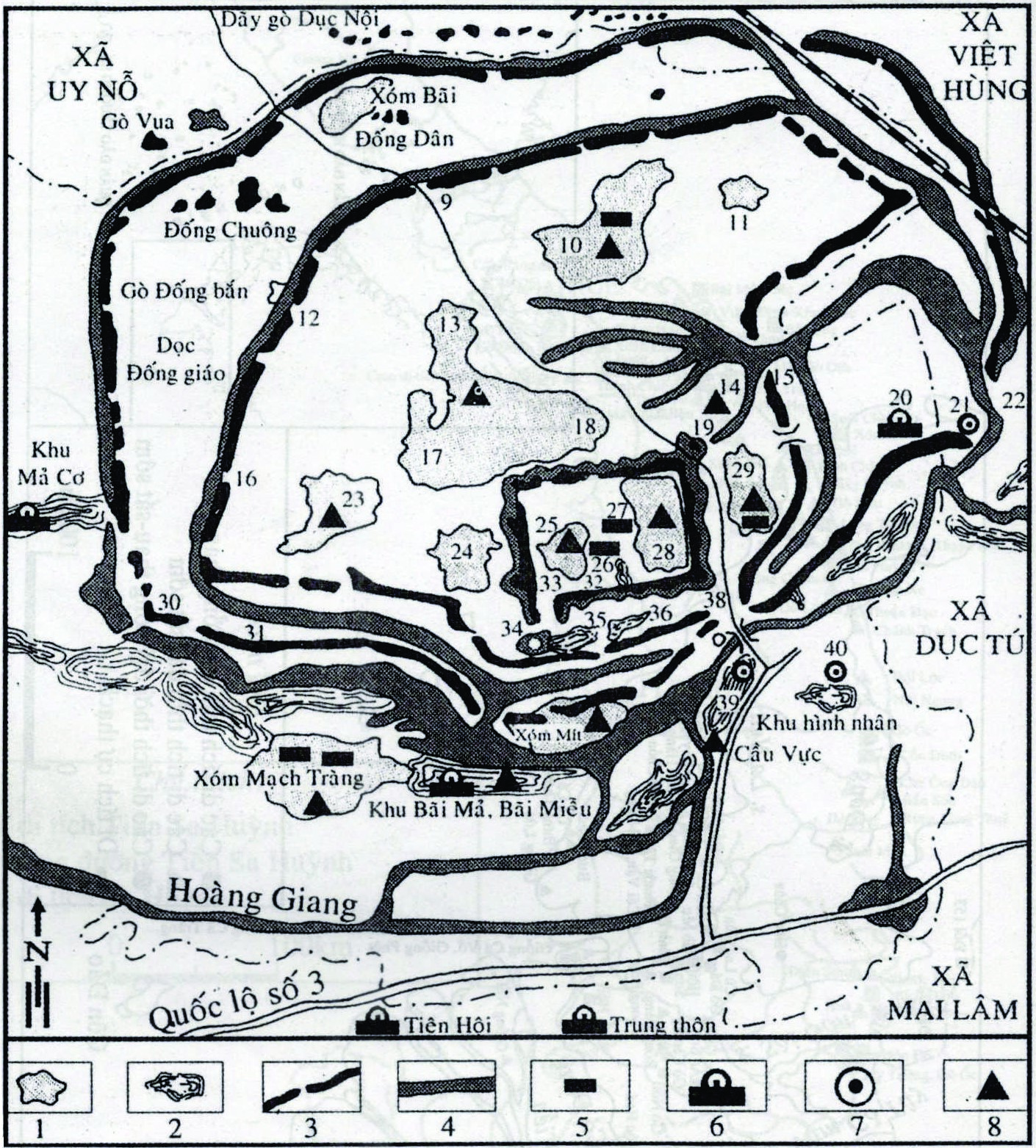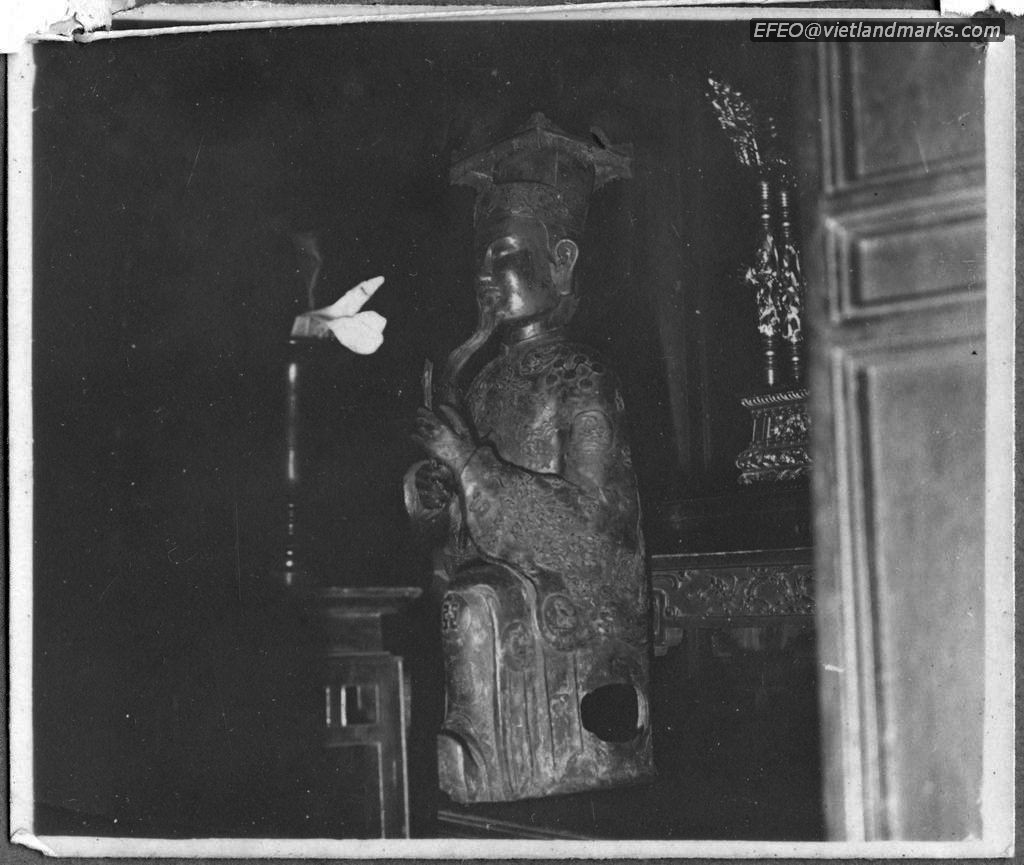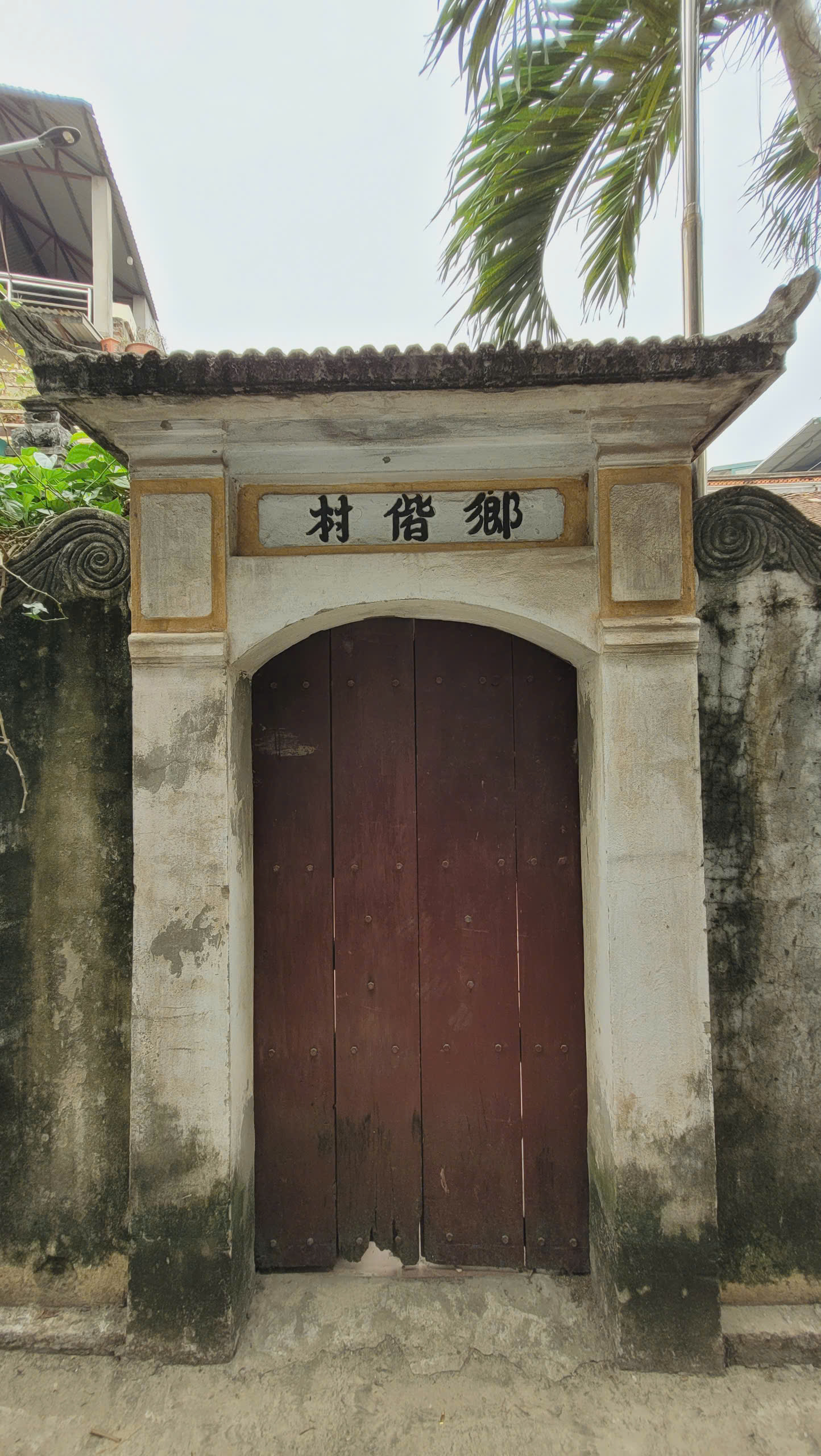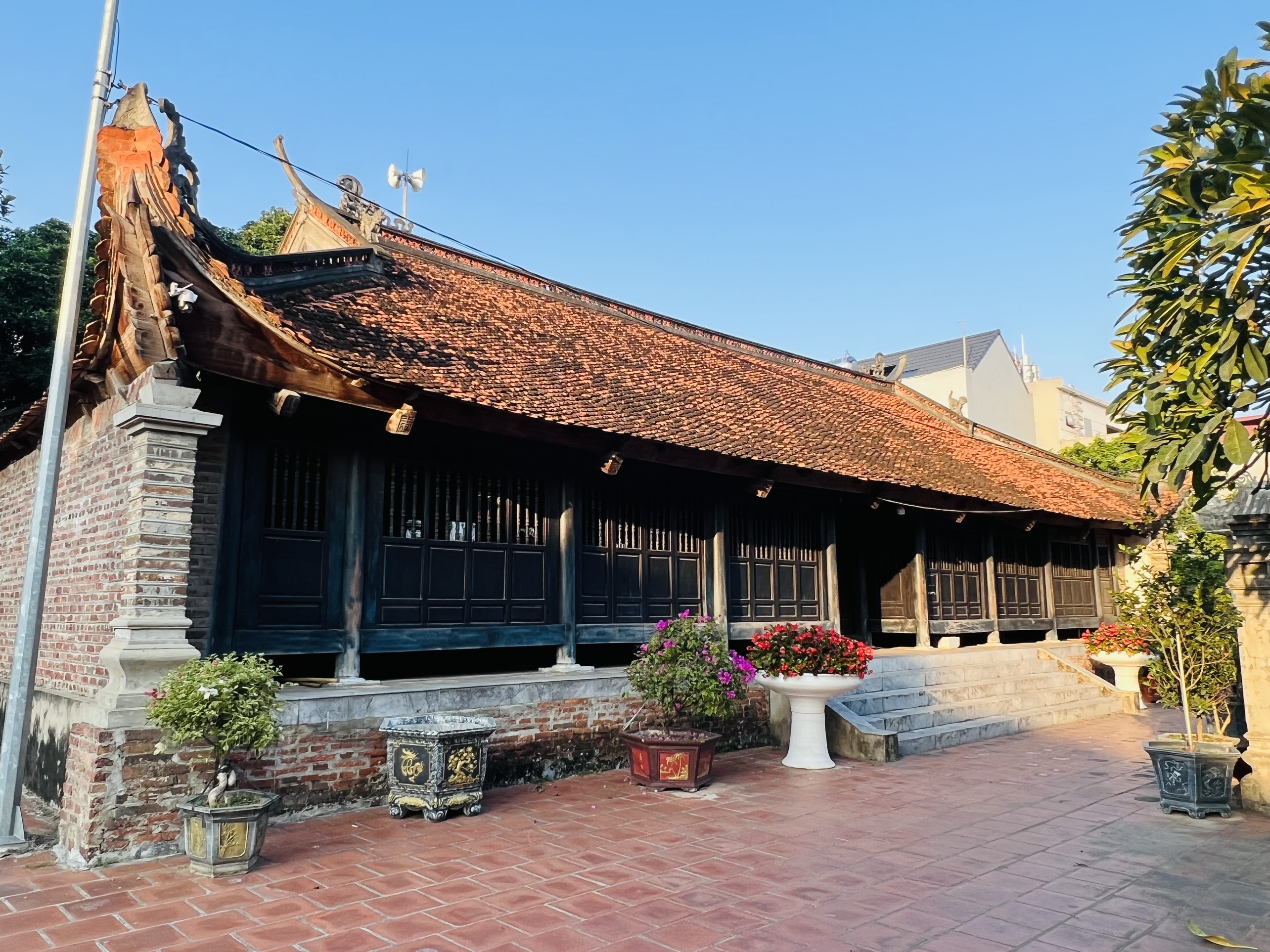
On the occasion of the birthday anniversary of King An Dương (the 11th day of the 8th lunar month recorded in the book "Ngọc phả cổ lục"), we would like to send to you articles about the Statue of King An Dương recognized as National Treasure in 2022. Part 2: Uniqueness of artifacts
The uniqueness is shown through the statue casting technique, decorative patterns, fully and comprehensively expressing the shape of a portrait statue and expressing the style and personality of King An Dương.

The pattern on the statue's hat represents the status of the highest class. On both sides of the hat's edge, the upper layer has a pair of small dragons flanking 3 chrysanthemums in the middle, each flower showing 3 layers of nested petals. On the back of the hat, embossed in the center is a chrysanthemum with three layers of petals - the symbol of the sun. The four corners are dragons flanking this chrysanthemum, meaning "dragon flanking the sun", a symbol of kingship. In shaping, people have paid attention to the necessary space to create maximum sacredness. This image seems to say about the king who always thinks about the happiness of the world and sentient beings. The side of the hat on the lower layer is a pair of dragons flanking the sun.
The king's face was created quite carefully, according to symbolic standards, with eyes that were clearly open, but still looked down, with some influence of Buddhist philosophy, to illuminate the inner mind and guide people come to benevolence. The top of the statue's ears is a little higher than the eyebrows, representing a person with high intelligence and a gentleman. The nose is plump and balanced, another detail of a gentleman exploited in the statue of this period. In particular, the mouth is slightly smiling, which in physiognomy, is a smile of sympathy and salvation. The beard is made of copper threads, with three tufts. It can be thought that the beard was from the beginning as a sign of the "nobility" that the time wanted for him. The ear lobes of the King statue are thicker and lower than the axis from the nose, as if to express the compassionate and virtuous nature of the person, specifically King An Dương.
The Tran Dynasty-style rolling cloud pattern on the body of the statue is a special creation of the Vietnamese people. Cloud clusters consist of 3 to 5 interconnected arcs, each arc twisted, as if representing thunder and lightning, the tails are combed as if to represent rain and fly diagonally to the side like the wind. A simple symbol but with an extremely profound meaning, considered a rain-praying symbol of agricultural residents. A very simple symbol with a synthetic meaning, drawn through the actual production and thinking of many people, is "Van - Vu - Loi - Phong" (“Clouds - Rain - thunder – wind”). Just like that, we have seen that the dragon robe is attached to the energetic sky, divided into an upper layer, a lower layer, and finally flows down to the bottom, which is the sea, the lower layer, where sentient beings are facing symmetrical waves on both sides. It seems to express the yin - yang philosophy with the concept that within yin there is yang, within yang there is yin. Many Confucian scholars believe that it is a symbol related to the I Ching. The pair of shoes decorated with embossed blooming chrysanthemums, like many Vajra statues in Tay Phuong pagoda, wear shoes like that to avoid stepping on worms and ants, showing a high love of life. Thus, in addition to the art of creating portrait-style statues, the statue of King An Duong Vuong also incorporates elements of the spirit of Buddhism - Taoism, making the work both intimate, dignified, and sacred.
On the back of the statue, above is also a pair of dragons flanking a rolling cloud with a tail whose meaning is as described above. Below the waist are cloud patterns, stylized in the shape of the letter S (a symbol of lightning calling for rain, for good crops). After all, the King's dragon robe is full of sacred elements, symbolizing all three levels of the universe and the wearer has become a Saint.

In conclusion, the art on the statue of King An Dương at Thượng Temple, Cổ Loa Commune, Đông Anh District, Hanoi City dates back to the late Nguyễn Dynasty. Statue art, decorative art and statue casting techniques have created a lively work at the very temple worshiping the King, at the citadel - the ancient capital of Âu Lạc State. The statue is a vivid expression between the art of statues worshiping famous people and statues worshiping Gods, through the hidden languages of decorative patterns, making the work both intimate, dignified, sacred, mysterious, full of honor, integrated with beliefs and religions, carrying the vitality and breath of traditional art, continued through thousands of years of history. Therefore, it is honored by the people of the whole country as a source of pride. The symbolic value of the King's statue, at a sacred temple like Thượng Temple, in the Cổ Loa Special National Monument, must be honored first, in addition to the artistic values conveyed from ancestors through this unique statue.
We invite you to watch part 3: National Treasure – King An Dương Statue (Typical value of history, culture, science of the nation).
MANAGEMENT DEPARTMENT OF CỔ LOA VESTIGE SITE








